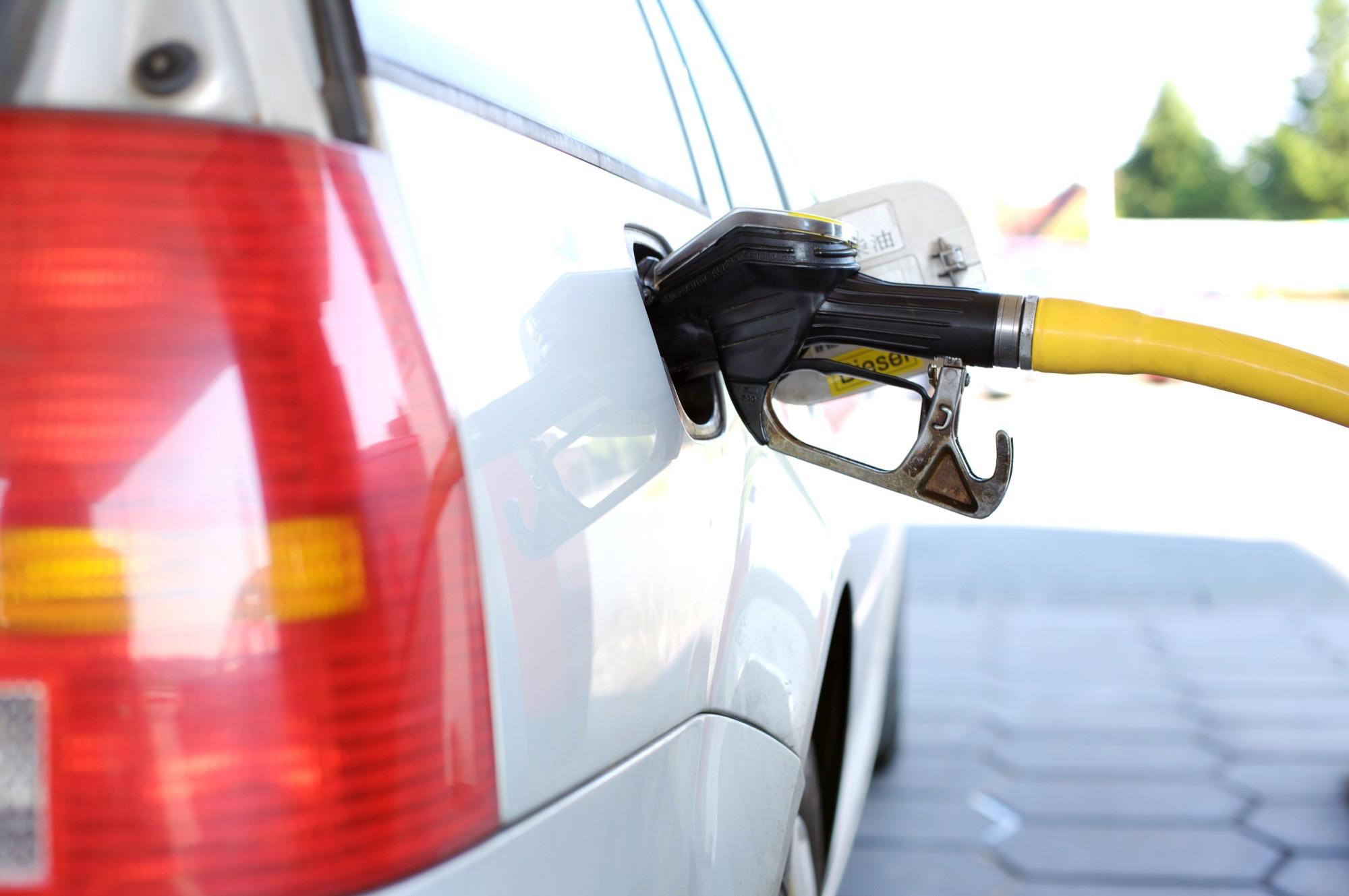When you pump gas for your car, you never stop to think about how the machine dispensing gas works. All drivers care about is making sure that the pump dispenses the fuel they want and that the pump charges them for the correct amount.
However, there are several things to consider if you are looking to purchase fuel pumps to dispense fuel. Automated fuel dispensers come in different builds with different parts. A lot of this customization has to deal with the kind of fuel that the pump will be dispensing.
If you are looking at purchasing fuel dispensers, keep reading to learn some important things to know about them.
Fuel Type
Fuel dispenser specifications will hinge on the different types of fuel that will be supplied. The fuel’s volatility, flammability, and boiling point are some of the considerations that factor into fuel dispenser design.
Petroleum fuels, like diesel and gasoline, are common fuels for cars. Gasoline is one of the most common types of fuel in the world. Kerosene finds use as a fuel source for heaters.
These types of fuels are liquid petroleum and do not ignite to operate vehicles. Instead, the fumes from the liquid ignite and vaporize the remaining liquid. This causes the liquid to burn as fumes.
Compressed natural gas and liquefied petroleum gas are compressible fuels. CNG is made up of methane while LPG is a mix of propane and butane.
These are clean-burning fuels, but they have to be stored under pressure due to their low boiling points.
Butanol, ethanol, and methanol are alcohols. These find use as fuels or fuel additives alongside gasoline.
Some fuels are special or find themselves in a class of liquid fuels. Some of these include liquid hydrogen, ammonia, synthetic fuels, and biodiesel.
Operation and Design of Automated Fuel Dispensers
Most fuel dispenser models have several main components. These include hydraulic, metering, and the hose/nozzle.
The hydraulic component possesses a rotary pump to draw fuel from the storage tank. It also has a solenoid/pilot valve that makes sure fuel pumps to the dispenser and not back into the pump.
An electric motor runs between the storage tank and hydraulics continuously. This motor maintains a partial vacuum within the rotary pump inlet. When the nozzle opens, suction pressure is drawn from the inlet to the storage tank.
Fuel then flows to the pumping unit.
The fuel flows through the pump and valve to the metering unit. This part of the pump measures and tracks fuel output. Once the fuel leaves the metering section, it flows into the nozzle.
Tank gauging equipment can also be purchased to track the fuel levels in your storage tanks.
Nozzle Designs
The design of a nozzle will depend on the safety features that are present.
Diesel pumps have larger nozzles that do not fit into standard vehicle fillpipes. Pressure-sensitive nozzles restrict the flow of fuel until the dispensing system is pressurized. Breakaway valves allow the nozzle to break away from the Rose and stop the flow of fuel if a vehicle begins to move while the nozzle is in the fillpipe.
Dual-plane nozzles include a swivel joint to allow pumping from different angles. Quick-release nozzles have a coaxial coupling that makes separate filling and venting points unnecessary.
Everything Automotive
If you found this information on automated fuel dispensers helpful, we invite you to check out the rest of our website. We specialize in providing information on automotive and motorcycle repair. If you are looking for a one-stop information source for your automotive needs, look no further.

